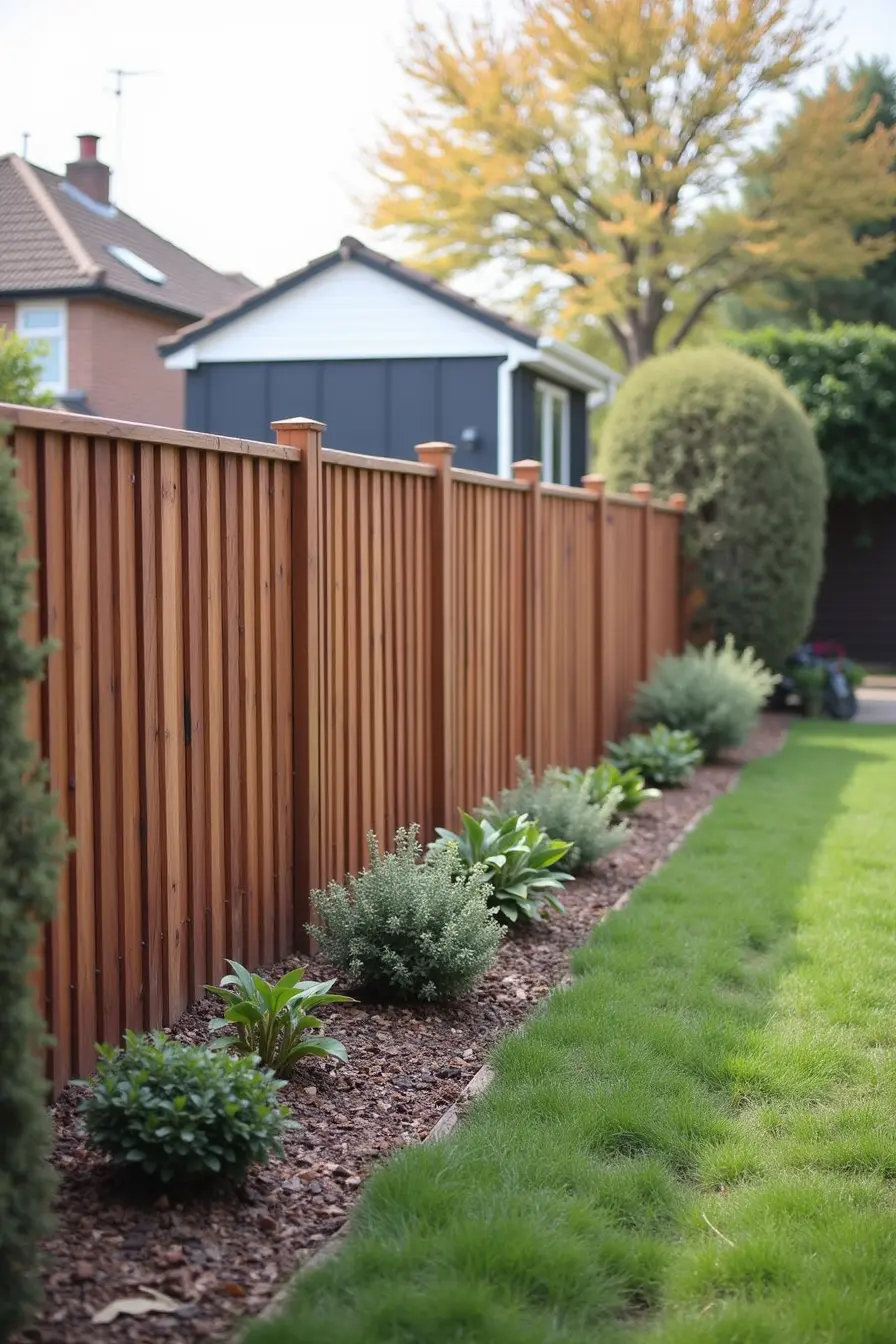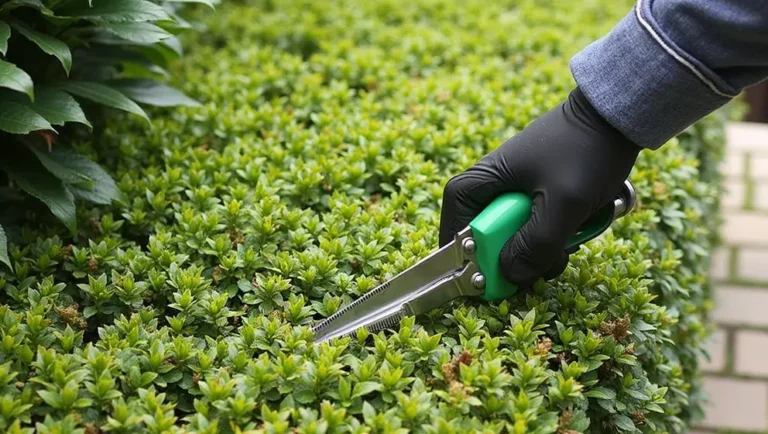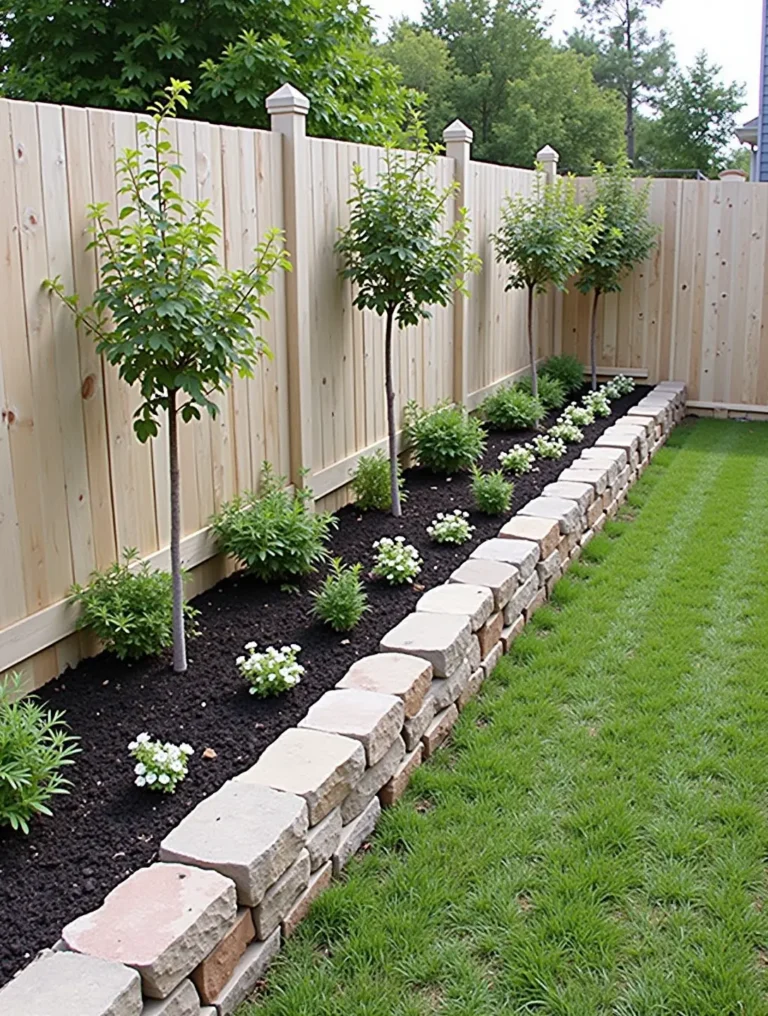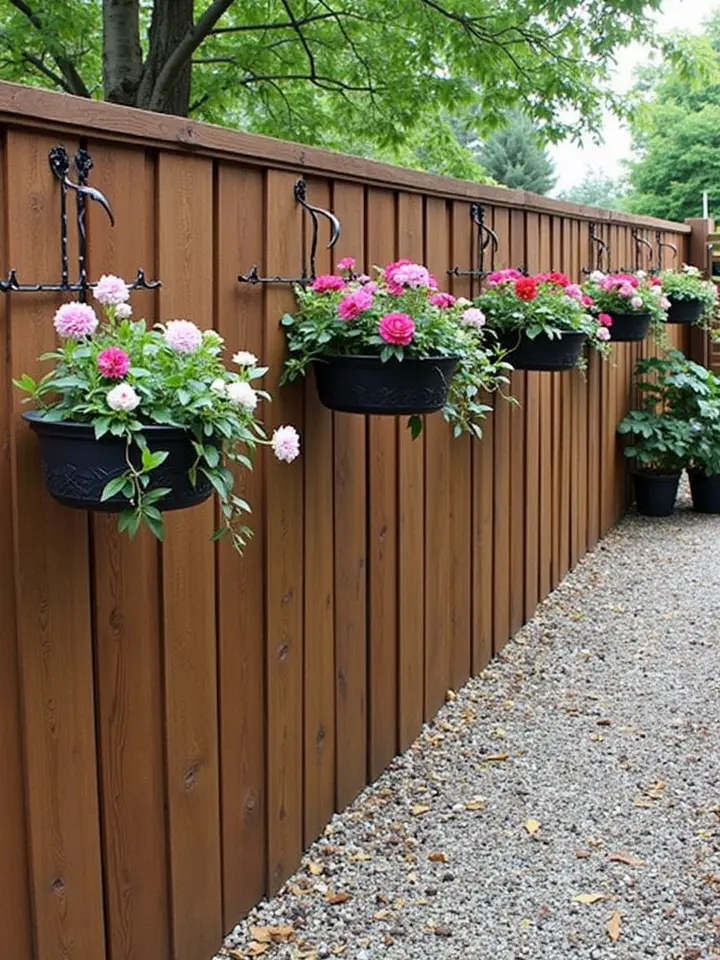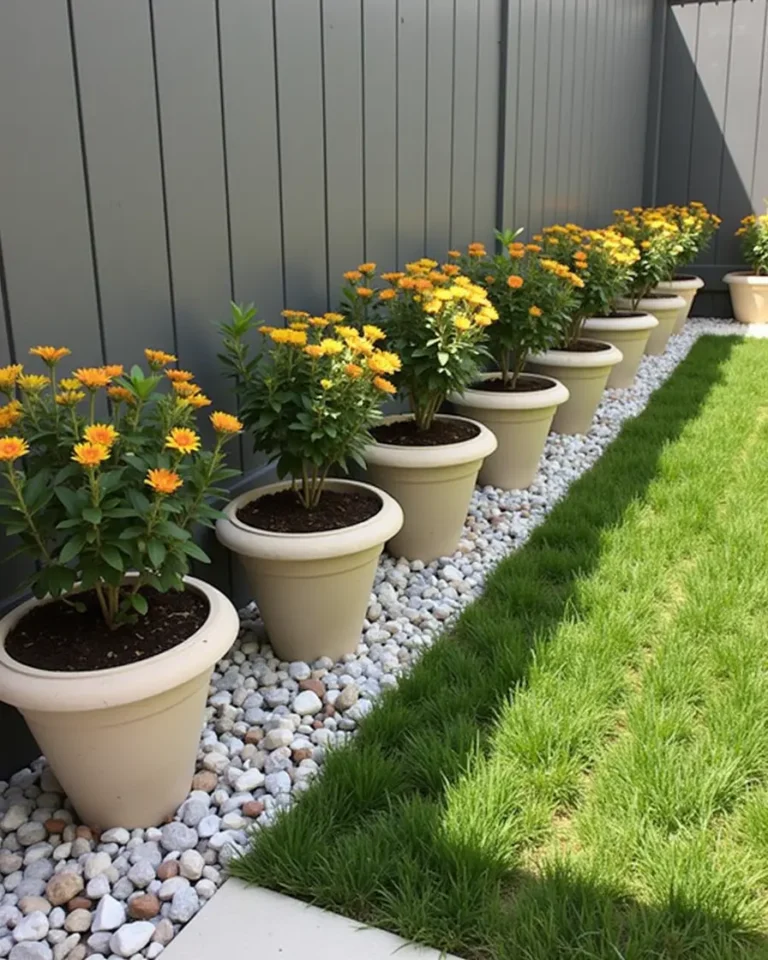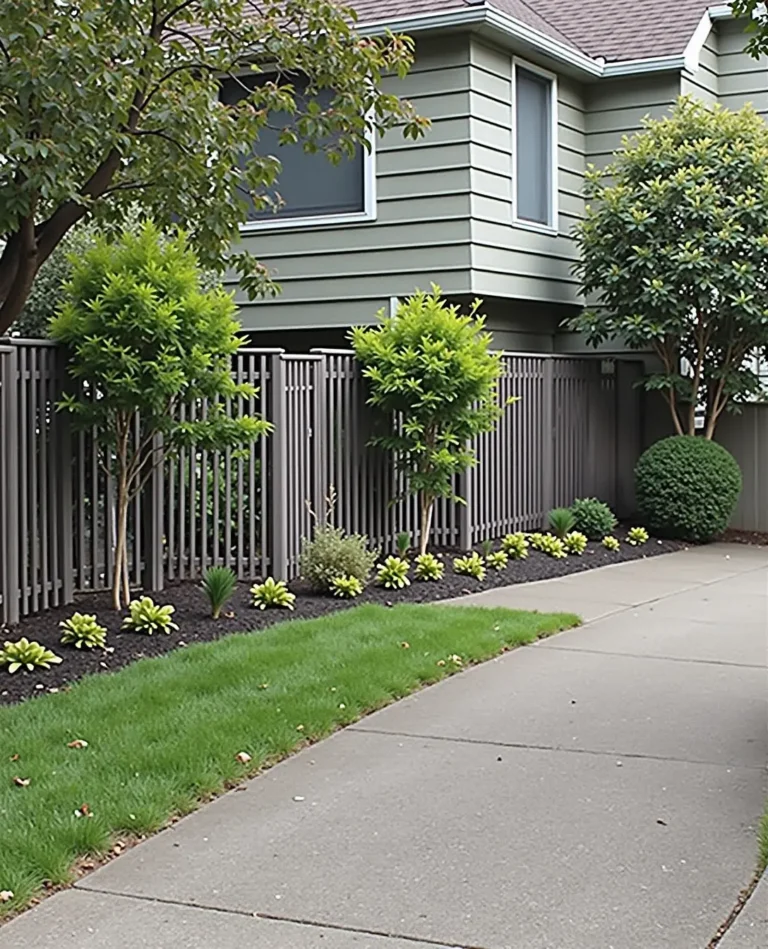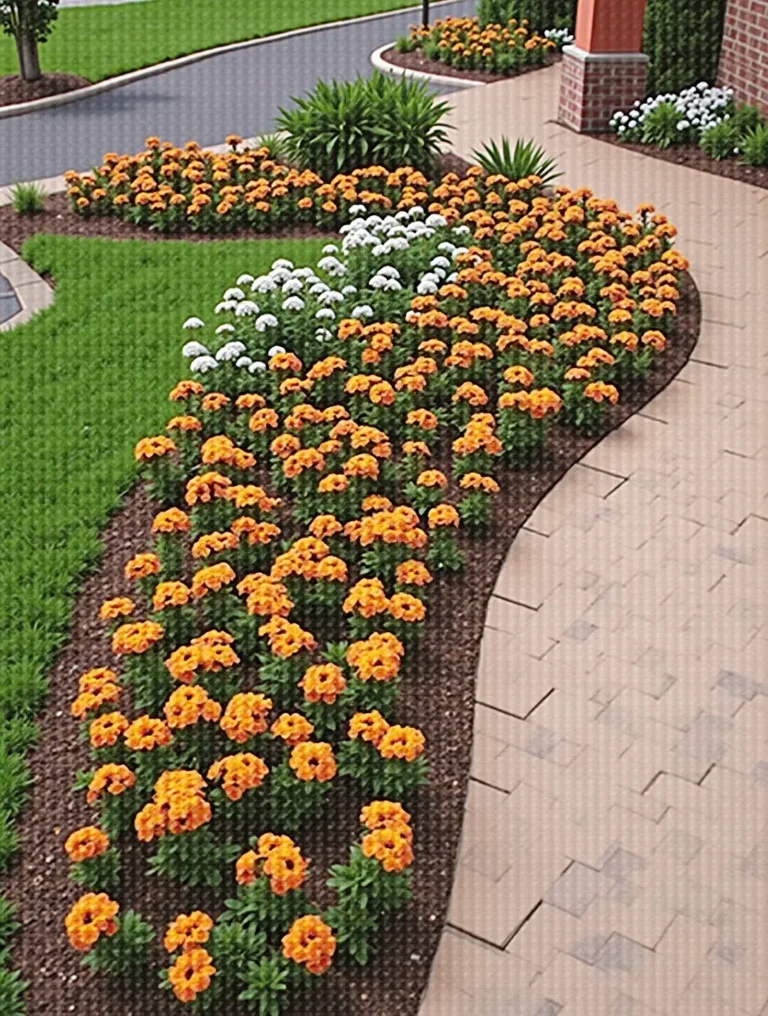Choosing the Right Pump Size for Water Features
What Size Pump Do You Need For Your Water Feature?
Introduction: The Heart of Your Water Feature
When it comes to creating a stunning water feature in your garden or backyard, the pump is often the unsung hero. Whether you are designing a serene pond, a tranquil fountain, or an exciting waterfall, the right pump can make all the difference between a relaxing oasis and a stagnant water source. But how do you choose the right size pump for your project? Let’s dive in and find out!
Understanding Water Features
Before we get into the nitty-gritty of pump sizing, let’s take a moment to understand what types of water features require pumps. Water features can range from small tabletop fountains to large garden ponds or waterfalls. Each type has its own specific needs and challenges that must be considered.
The Key Functions of a Pump
1. **Circulation**: Pumps circulate water, keeping it fresh and preventing stagnation. This is particularly important for fish ponds or environments with live plants.
2. **Filtration**: Many pumps also help facilitate the filtration process, which cleans the water of debris and toxins.
3. **Height and Flow Rate**: For fountains and waterfalls, the pump must generate enough power to push water to a certain height and maintain an attractive flow rate.
Factors to Consider When Choosing a Pump Size
Choosing the right size pump involves several criteria. Let’s break them down:
1. Water Volume
The first step in selecting a pump is to determine the volume of water in your feature. Measure the length, width, and depth of your pond or water source to calculate the total gallons. Here’s a simple formula to keep in mind:
– For rectangular areas: Length x Width x Depth x 7.48 = Gallons
– For circular areas: (Diameter/2)^2 x Depth x 3.14 x 7.48 = Gallons
2. Flow Rate
Flow rate refers to the amount of water your pump can push through in a set amount of time, usually measured in gallons per hour (GPH). A good rule of thumb is to select a pump that can move the entire volume of your pond or water feature at least once every two hours.
3. Head Height
Head height is the vertical distance from the water surface to the top of the fountain or waterfall. Different pumps have different capabilities when it comes to how high they can push water, and it’s crucial to choose one that can handle the required height effectively.
4. Pump Type
There are two main types of pumps: submersible and external. Submersible pumps are placed underwater and are typically quieter and easier to install. External pumps sit outside of the water and are often more powerful, making them ideal for larger setups.
Choosing the Right Pump Size: A Step-by-Step Guide
Now that you understand the key factors, let’s lay out a step-by-step process to choose the right pump size for your water feature:
Step 1: Calculate the Water Volume
Use the formulas provided above to figure out how many gallons your water feature holds.
Step 2: Determine the Desired Flow Rate
Take the total water volume and divide it by the number of hours you want the water to be cycled. This will give you the GPH you need.
Step 3: Measure the Head Height
Measure the maximum height the water needs to reach and select a pump that can handle that head height.
Step 4: Choose Your Pump Type
Decide whether a submersible or external pump will best suit your needs based on the size and placement of your water feature.
Common Mistakes to Avoid
When selecting a pump, avoiding common pitfalls can save you time and money:
– **Choosing a Pump That’s Too Small**: A smaller pump may fail to circulate the water efficiently.
– **Ignoring Head Height**: Always consider how high the water needs to be pushed; underestimating this can lead to disappointment.
– **Over-Purchasing**: You don’t always need the biggest pump. Understand your feature’s specific needs to make the best choice.
Conclusion: Bringing Your Water Feature to Life
Choosing the right pump for your water feature doesn’t have to be daunting. By understanding the essential factors such as water volume, flow rate, and head height, you can select a pump that complements your vision. With the correct pump, your water feature can transform your outdoor space into a beautiful sanctuary, enhancing both the aesthetic and ambiance of your garden.
FAQs About Choosing a Pump for Your Water Feature
1. How do I know if a pump is powerful enough for my pond?
Check the flow rate (GPH) and ensure it can circulate the pond’s volume at least once every two hours.
2. Can I use a submersible pump for a fountain?
Yes, submersible pumps are great for fountains since they are quiet and easy to conceal.
3. What if my pump is too powerful?
A pump too powerful can result in excessive water flow, which might disturb the aesthetics of your feature or stress fish.
4. How can I maintain my water pump?
Regularly clean the pump to prevent clogging and ensure efficient operation. Seasonal checks before heavy use are recommended.
5. Are there pumps specifically designed for fish ponds?
Yes, there are pumps designed with features that cater to the specific needs of fish ponds, such as filtration and oxygenation capabilities.”
